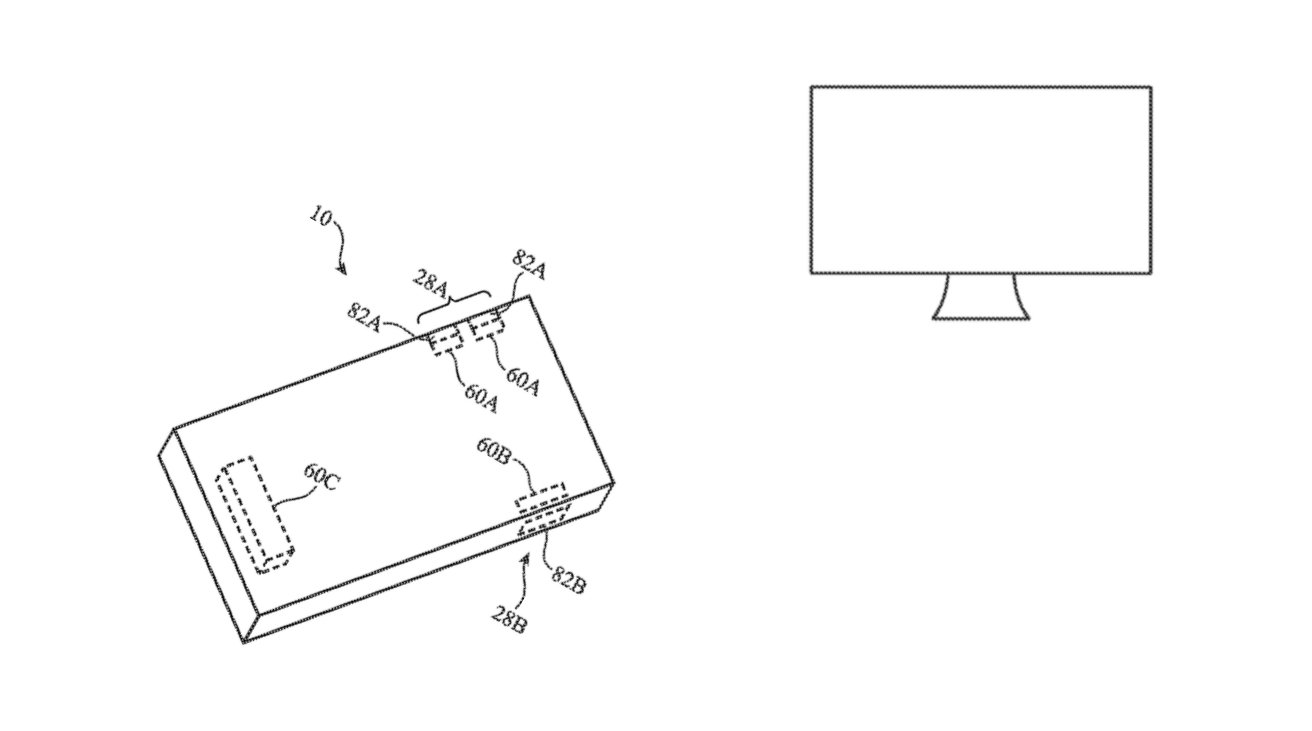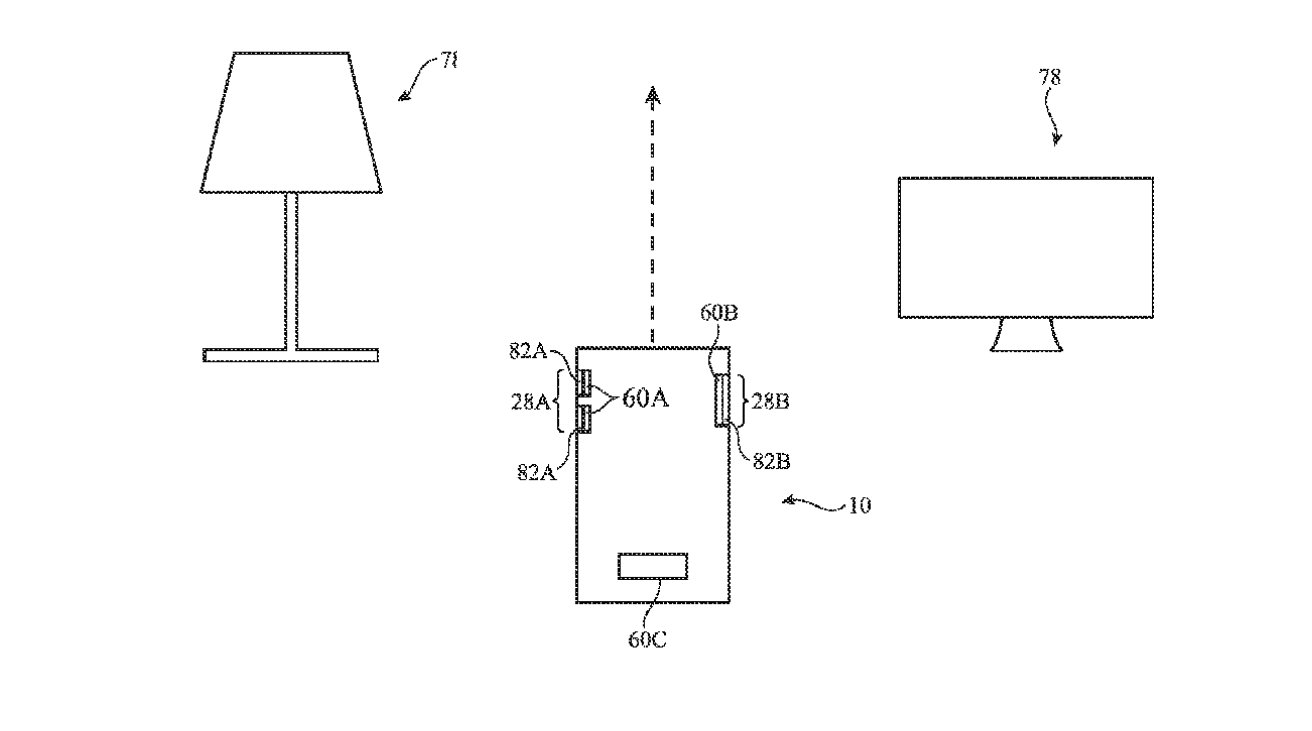Just as Apple patented the Apple Vision Pro in plain sight for years, it may now be doing the same with the predicted Home Hub, this time starting with a remote control for the device.
Even as the Apple Watch tries to get us up off our backsides, a future Apple Home might encourage us to park our bums on the couch. For a newly-granted patent sees us being able to remote-control more items around the house, perhaps from our iPhones, or possibly from an entirely new device.
The patent, called "Electronic devices with touch input components and haptic output components," consciously avoids committing itself to whether it's something like the predicted HomePod with a screen, or future robot device. Instead, you can read it as being either of those or, again, a future iPhone.
Frustratingly, the patent also stops short of even a rudimentary explanation of key elements. For instance, it is certainly to do with first locating devices and then controlling them, but that second element is not examined at all.
"[Items] may be electronic devices, may be objects without electronics, or may be particular locations in a mapped environment," it says. "[They can be] objects that do not emit or receive radio-frequency signals such as furniture, buildings, doors, windows, walls, people, pets, and other items."
In the drawings, an example of one of those other items is a regular lamp. It's easy to see how one of those might be controlled through the use of a smart plug.
However, it's harder to see how a building or a wall could be controlled. Except when it does touch on walls or the like, Apple is also referring to how a user can be guided to specific points, even when they are surrounded by multiple devices.
"Local haptic output may be used to guide a user to the location of the electronic device or to provide a button click sensation to the user in response to touch input," says Apple. "Global haptic output may be used to notify the user that the electronic device is aligned towards the external electronic device and is ready to receive user input to control or communicate with the external electronic device."
Really, then, this is about finding and controlling anything in the home. Or rather, controlling or reacting to anything.
"For example... [the device] may recognize that [it] is being pointed at [a specific] item and may take certain actions," says Apple, "(e.g., may display information... provide audio output via speakers," or use haptic feedback.
The patent makes cursory reference to the device having a screen and at least some kind of input device. But the aim is not to have an iPhone-like device that a user has to constantly look at.
"The use of localized and global haptic output from components... may help a user interact more intuitively with surrounding objects and devices," says Apple, "by reducing the need for the user to look at [the] device at all times."
Right now, the Apple Watch now gives different haptic feedback depending on whether a user should be turning right or left. This patent's device would potentially come with a haptic engine on both left and right edges, giving finer signals as the user gets closer to what they want.
Just as with the earliest patents that we now see were specifically about the then unannounced Apple Vision Pro, this patent reads like one part of a secret roadmap. Whatever Apple is planning for the home, it's been granted a patent on this idea, and it's not hard to see that its descriptions could be applied to Apple robots.
This patent is credited to seven inventors. They include Peter C. Tsoi, whose previous work includes using AR to make the Find My app more precise.
 William Gallagher
William Gallagher








-m.jpg)






 Marko Zivkovic
Marko Zivkovic
 Christine McKee
Christine McKee
 Andrew Orr
Andrew Orr
 Andrew O'Hara
Andrew O'Hara


 Mike Wuerthele
Mike Wuerthele
 Bon Adamson
Bon Adamson



-m.jpg)



3 Comments
*points at wall*
“Ah yes that is a wall”
*points again*
*points more aggressively*
Apple's patent department, aka Google's R&D department.